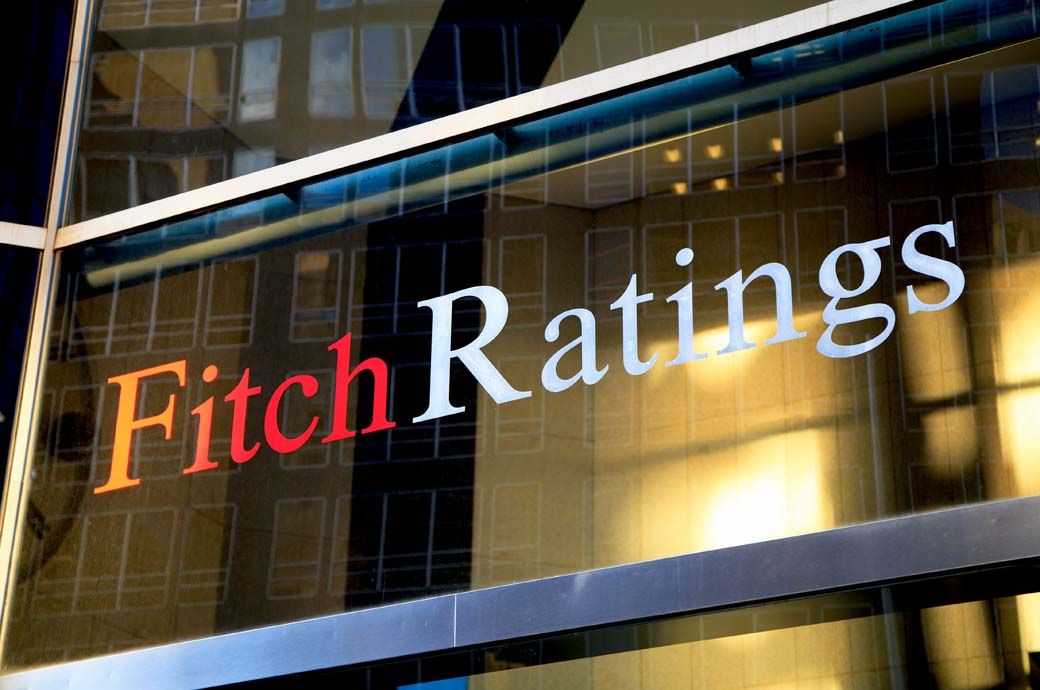
Mexico’s proximity to and economic integration with the United States, and Vietnam’s cost competitiveness have made them the clearest beneficiaries of changing US trade relations. Both export more to the United States now, and have greater demand for their manufacturing.
Mexico became the main trading partner of the United States this year, surpassing Canada and China. Rising exports and higher FDI inflows have supported the improvement of Vietnam’s sovereign credit profile over several years.
Central America is also poised to benefit from nearshoring, although the small size of the region’s economies restricts their capacity to absorb extensive investment projects, which may be limited to niche sectors, according to an article on the Fitch Wire credit market commentary page.
Costa Rica appears well placed, given high value-added manufacturing capacity and relatively better infrastructure.
Among other Asian economies, India’s expanding consumer market and vast labour force could make it an alternative destination to China. Indonesia’s mineral resources could encourage foreign direct investment (FDI) in electric vehicles and batteries, while Malaysia is attracting FDI in the tech sector.
Emerging European countries benefit from closeness to the core euro zone economies due to their infrastructure and labour force advantages.
Central and eastern European countries are well integrated in global value chains, providing significant value added to exports and attracting further investment.
However, a crucial test is whether economies can sustain high productivity growth and overcome adverse demographics, Fitch Ratings noted.
Some emerging markets should see incremental improvements in economic, fiscal, external and structural metrics in Fitch Ratings’ sovereign rating model as the benefits of higher exports and FDI gradually materialise, it added.
Fibre2Fashion News Desk (DS)